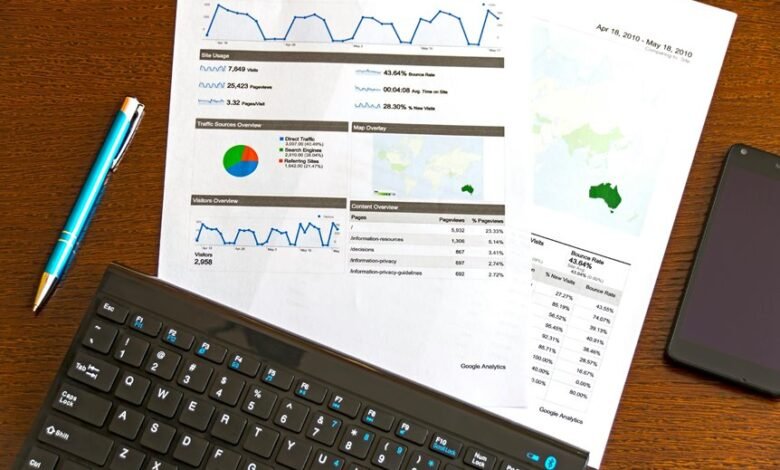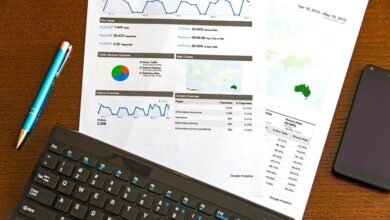Financial Growth Dashboard: 2153779828, 2159298416, 2159873706, 2162086661, 2164000736, 2177491008

The Financial Growth Dashboard offers a structured approach to analyzing essential financial metrics. It serves as a tool for organizations to monitor investments, cash flow, and other critical indicators. With unique identifiers such as 2153779828 and 2164000736, it enhances data visualization and strategic decision-making. Understanding its functionalities can lead to improved resource allocation. However, the true impact of these metrics on long-term sustainability remains a critical question for organizations seeking growth.
Understanding Key Financial Metrics
How can businesses effectively navigate their financial landscapes?
By understanding key financial metrics, such as financial ratios and cash flow, organizations can gain insights into operational efficiency and profitability.
Financial ratios provide comparative data, enhancing decision-making.
Monitoring cash flow ensures liquidity, preventing potential financial distress.
Together, these metrics empower businesses to maintain autonomy and foster sustainable growth in a dynamic economic environment.
Benefits of Using the Financial Growth Dashboard
While businesses often face complex financial challenges, utilizing a Financial Growth Dashboard can provide significant advantages in navigating these landscapes.
The dashboard enhances data visualization, allowing companies to interpret financial metrics intuitively. Furthermore, it streamlines investment tracking, enabling stakeholders to make informed decisions swiftly.
Ultimately, these features empower organizations to achieve greater financial clarity, facilitating strategic growth and resource allocation.
How to Maximize Your Financial Insights
What strategies can organizations employ to maximize their financial insights using the Financial Growth Dashboard?
By implementing robust budgeting strategies and analyzing historical data trends, organizations can identify lucrative investment opportunities.
Leveraging real-time analytics enables proactive decision-making, thus enhancing financial agility.
Additionally, integrating forecast modeling allows for strategic planning, ultimately empowering organizations to navigate financial landscapes with confidence and foresight.
Conclusion
In conclusion, the Financial Growth Dashboard serves as a lighthouse in the often turbulent seas of financial management, guiding organizations toward informed decision-making and strategic resource allocation. By leveraging key financial metrics and visualizing data trends, businesses can navigate complex financial environments with precision. Ultimately, the dashboard not only enhances operational efficiency but also supports sustainable growth, empowering organizations to thrive in a competitive landscape. Embracing this tool is akin to wielding a compass in uncertain waters.





